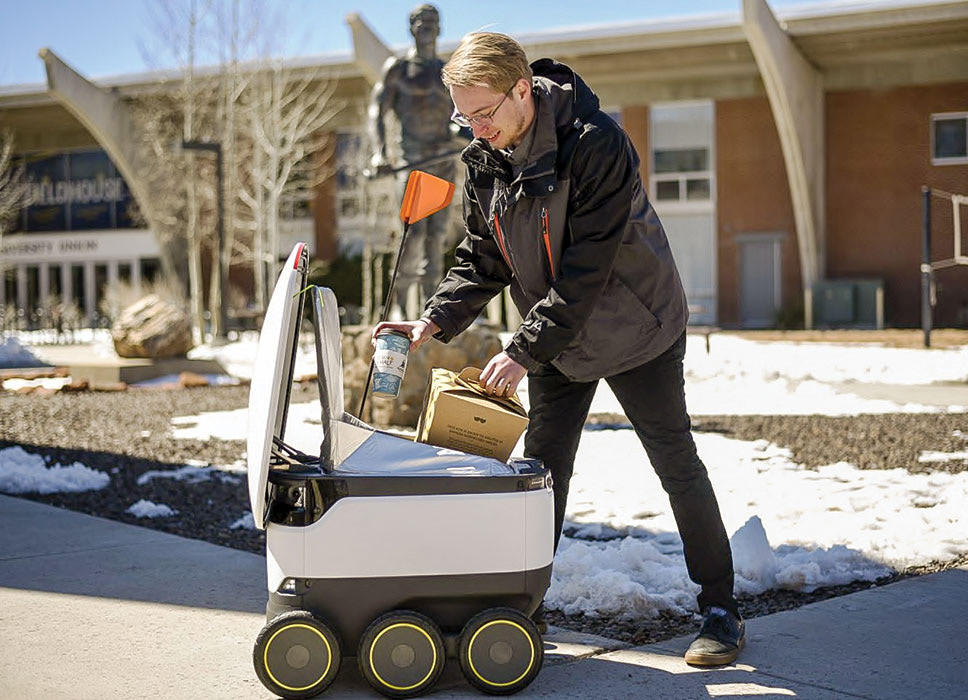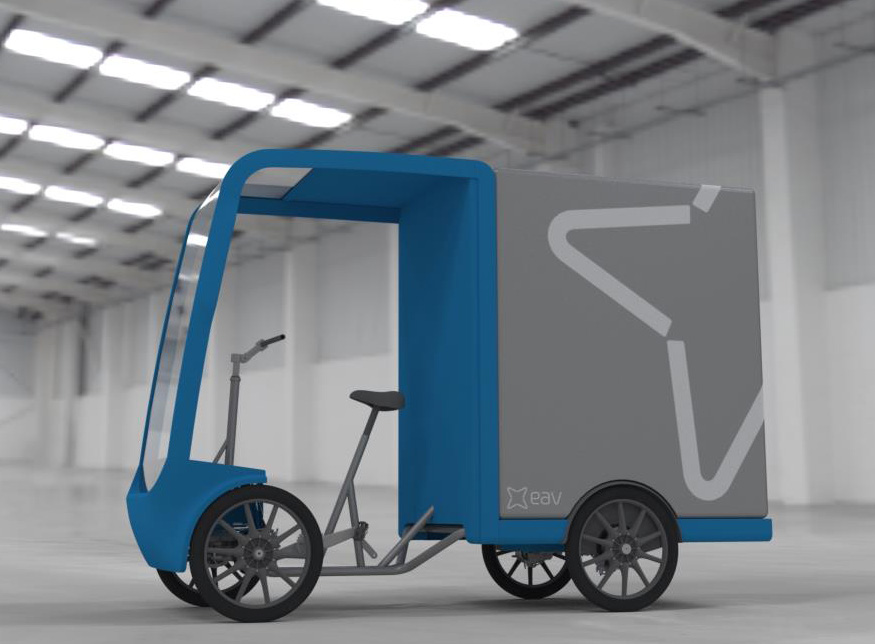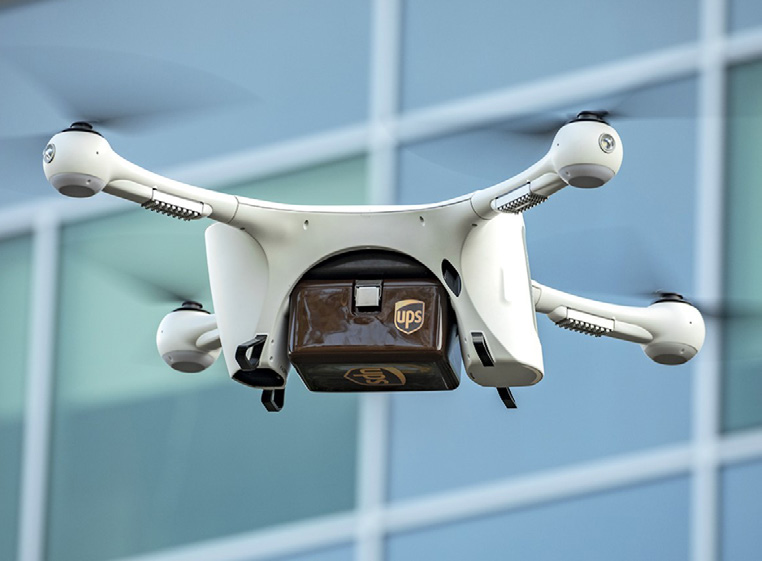Initial Planning Considerations Related to E-Commerce
As the Covid-19 Pandemic Continues to Unfold, We’re All Getting a Glimpse into the Future
Over the past two months, we are seeing the increasing growth of technology on distance learning, remote work, telemedicine and online shopping. We’re seeing the demand for delivered goods and services via e-commerce continuing to grow in an already rapidly developing industry. This growth appears in the form of changing work environments, the patterns and modes of delivery, as well as empty public spaces such as roads, shopping areas and downtowns. And yet, as we practice physical distancing, people will likely seek smaller venues for social interactions closer to home. While many of these changes will undoubtedly benefit us in our day-to-day lives, they will also bring new challenges for municipalities as they attempt to understand the impact on public and private spaces.
Over the Coming Months, We’ll Be Diving Into Issues Related to Changing our Reality
Some of these changes will include new technologies and their impacts on our communities In this first article, we’re focusing on the boom of online shopping, focusing on deliveries. In addition to traditional delivery trucks, vans and cars that are occupying our streets and parking areas, new and advancing delivery options include the following:
- Delivery Bots – Starship Enterprise is partnering with Northern Arizona University and Sodexo to deliver food to students using delivery bots.
- Self-Driving Delivery Vehicles – In February 2020 the U.S. Department of Transportation approved a regulatory exemption that will allow public road testing of an autonomous vehicle home delivery system by Nuro, a manufacturer of these vehicles.
- Delivery Drones – Amazon has launched PrimeAir to facilitate drone delivery from warehouse to home, and it is currently being tested in multiple locations across the world. UPS was the first to receive Part 135 FAA certification, which permits drones to flight out of operator sight, for its drone airline division.
- E-Cargo Bikes – These electronic vehicles can travel over 60 miles per day per charge.

Source: Starship Enterprise


During the pandemic, in an effort to expand services to customers in certain areas and protect the wellbeing of employees, companies have been using small autonomous vehicles such as delivery bots and drones to deliver essentials such as food and medical supplies. These new modes of delivery, combined with personal vehicles, vans and trucks, are accompanied by different traffic and loading patterns as well as added traffic on public sidewalks. This raises concerns about traffic circulation and safety as well as sidewalk space for persons with disabilities.
More land use changes may also be coming. With fewer people frequenting shopping and entertainment for the foreseeable future, larger buildings, such as malls, may transition into distribution centers for online goods. In addition to changing vehicular traffic patterns, other issues to consider include parking standards and how these distribution centers tie into a community’s overall land use plan. Planners may consider the following opportunities to address these challenges:
Opportunity #1 – Scenario Planning. Engage in scenario planning to discuss possible positive and negative outcomes as this pandemic continues to unfold. For example, consider talking about the impact of increased demand for distribution centers as well as explore potential solutions to autonomous vehicle crashes such as restricting delivery operation to specific spaces or airspaces. Consider how curb spaces could be transformed to flex spaces, where parking is permitted during peak times and loading/unloading during others.
Opportunity #2 – Data Research and Collection. Regarding the potential shifts in land use, communities can be proactive by researching and collecting data on land use impacts around the country in order to monitor what makes sense for each given situation instead of relying exclusively on the community’s ordinances, which likely not have ever anticipated such uses. Going back to the example regarding parking concerns due to a change in use, this data can help planners determine an adequate parking minimum for the new use as well as approve any potential developments in the space left over from excess parking.
Opportunity #3 – Short-Term Project. Communities may wish to allow pilot projects and/or applications on a shortterm trial basis to open the door to these new technologies without locking in the community to technology whose impacts that are not fully understood. Also, consider ordinance amendments that will facilitate administrative decision making in order to achieve flexibility and faster approval times during emergencies.
Opportunity #4 – License Fees. Communities may consider offsetting losses in revenue related to the pandemic by leasing easement space (or airspace) in the public right-of-way for the use of autonomous vehicles.
Opportunity #5 – Emergency declarations. Consider associating these new policies with emergency declarations. This will give planners an opportunity to regulate new technology and collect data when considering long-term impacts. This will require input from legal counsel.
For more information on e-commerce and at-home deliveries, visit: https://www.planning.org/planning/2020/apr/primed-for-deliveries/
Giffels Webster has been dedicated to making communities better for over 65 years by specializing in community planning, civil engineering, landscape architecture, GIS, traffic engineering, and surveying.
Giffels Webster will help you identify and leverage your unique resources to improve the assets and attractiveness of your community.
For more information, please call Giffels Webster at 866.271.9663 and visit www.giffelswebster.com.